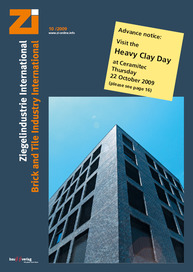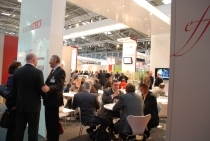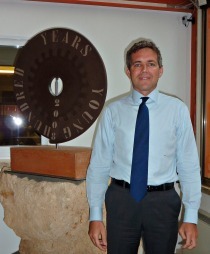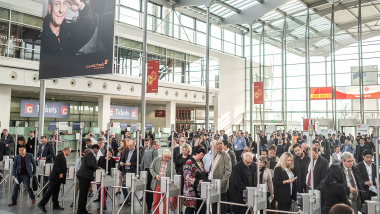Dear Readers,
Fortunately, there are some positive signs out there, too. Much of the world - read: China, India and Brazil, for instance - still have a huge accumulated need for heavy clay production equipment. In many places, low-quality products are still being made according to medieval methods without the slightest regard for environmental protection. A frequent lack of access to credit for investments is also a problem in such countries, but that could change when emissions trading gains more ground during the next trading period. Then, there should be a lot more capital available for use in converting to modern production technology.
Here on the mature markets of Europe too, the mechanisms emerging in connection with climate change can be expected to usher in a substantial drive toward higher energy efficiency. As the cost of energy continues to rise and the anticipated additional expenditures in connection with CO2 emissions take hold, it will, in a great many cases, make good sense to invest in new product drying and firing equipment. Low-temperature drying and optimization of decoupled kilns, for example, offer theoretical efficiency gains of as much as 30%.
Climate change and all its consequences are also giving rise to national and pan-European regulations dictating much improved thermal insulation for buildings. Inside the European Union, the introduction of zero-emission houses within the next decade is already under discussion. Only the best, most modern kinds of building bricks and clay masonry units will be able to display the specified characteristic properties. Similar changes may also take place in the roof tile sector, where the same trend can be expected to ensure that new products designed to collect solar energy in one way or another will find their way to market.
All told, then, the brick and tile industry and its plant and equipment manufacturers will have to deal with a broad range of challenges. The oft-cited crisis that poses new opportunities applies also and in particular to our two branches of industry.







